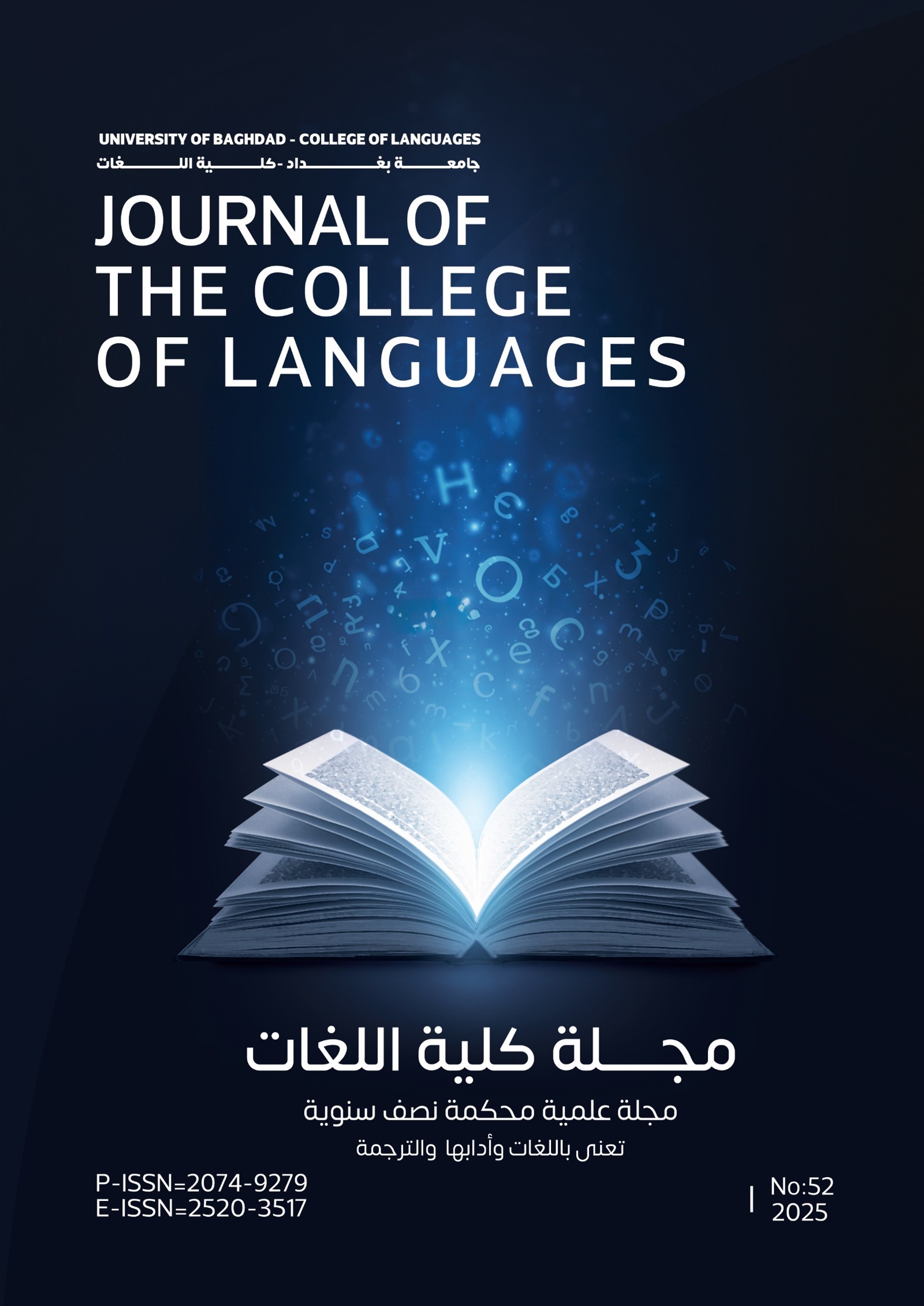To Shape a Silence While Breaking it: Toni Morrison’s the Bluest Eye
DOI:
https://doi.org/10.36586/jcl.2.2019.0.39.0071Keywords:
Morrison, The Bluest Eye, history, Young Adult LiteratureAbstract
Toni Morrison (1931-), the first African-American winner of Noble Prize in literature (1993) and the winner of the 1988 Pulitzer Prize for fiction, regards herself as the historian of African-American people. She does not think of her writings as literature but as a sacred book dedicated to explore the interior lives of blacks. She creates history by disregarding European standards and the white man's view of African- Americans. She adopts her people's point of view, invests their heritage, voices their pains and uses their vernacular. She even writes to a black audience. She establishes the black novel by depicting the blackness of American literature. In choosing to write about the past, she is not being didactic like other writers, she is rather visionary.In choosing "to rip that veil drawn over 'proceedings too terrible to relate' " she breaks the silence by discussing subjects like rape and incest, that is why her first novel ,The Bluest Eye (1970), can be taken as an example of Young Adult Literature, a literature that addresses the challenges and problems the teens and adolescents face while coming of age.
Published in 1970s and set in the Ohio of 1940s,the novel focuses on the personal experience of a young black girl, Pecola Breedlove, who because of her ugliness and invisibility, prays to have blue eyes, which she thinks, will provide her with beauty and love. The novel ends with her hallucinations after being raped by her father and after she presumably thinks she has blue eyes. The paper argues that in The Bluest Eye Morrison accomplishes a twofold task: contributing to Young Adult Literature while emphasizing that "the demonization of a whole race could take root inside the most delicate member of society: a child."
(Received on 8/4/2018: Accepted on 28/6/2018)









